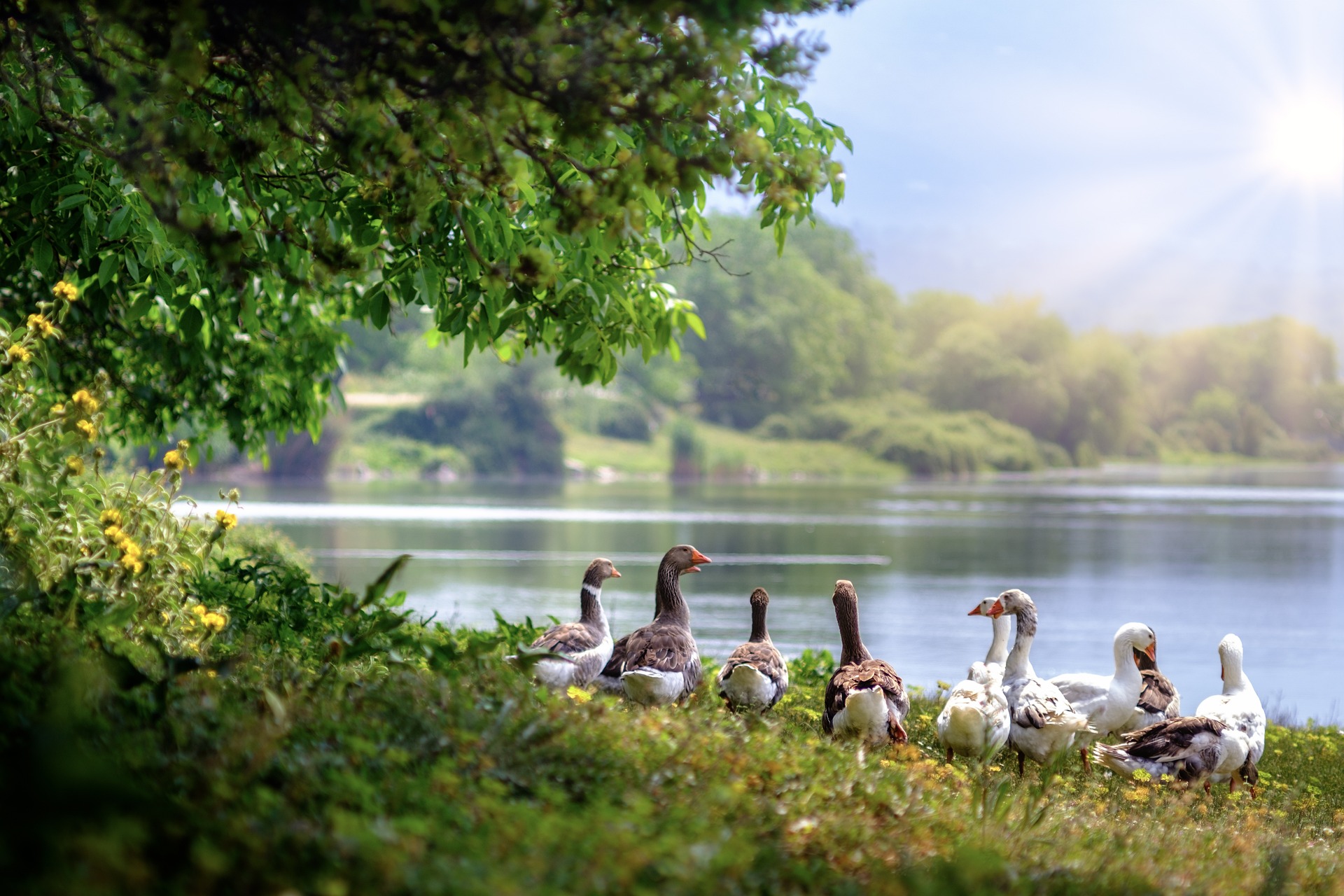
Bird flu threatens European biodiversity
Millions of animals have already died, and over the years new variants of the disease have emerged that are resistant to vaccines. Mass deaths also pose a direct threat to biodiversity.
The coronavirus outbreak and the ongoing war in Ukraine have somewhat overshadowed the avian flu, at least as far as public discourse is concerned. The virus is still present, and in recent years new variants have appeared, sometimes causing spikes in bird deaths.
For example, between October 2021 and September 2022, Europe was hit by one of the most devastating bird flu epidemics ever, with more than 50 million birds killed, some of them slaughtered and some of them dying in the wild.
Martin Beer, a veterinarian specialising in virology at the Friedrich Loeffler Institute on Riems Island in Greifswald, confirmed that avian flu has recently spread beyond poultry, with new variants attacking wild birds. In addition, for some time, the virus has been appearing not only in the cold months but also in the summer, and can therefore spread to an ever greater extent.
The virus is therefore more dangerous to birds than ever before. This is particularly true for certain bird species, says Ursula Hofle, a veterinarian who conducts research at the University of Castilla-La Mancha in Spain.
„That’s the really dramatic thing about this virus. It is affecting species we’ve never seen it infect before, such as scavengers like vultures.”
the expert told the press. How deadly the virus is depends on the species of bird. Some species are particularly at risk from the virus, such as the Dalmatian pelican, which is already considered endangered. Last spring, an outbreak in Greece caused massive devastation with only about sixty of the more than a thousand birds surviving in their natural habitat. Some managed to migrate to other areas, but most died.
With millions of different species of birds already killed by avian influenza, the virus poses a very serious threat to biodiversity in Europe, experts warn.
However, Europe is not the only continent at risk. With the spread of the virus to other bird species that have until now been unaffected, researchers are concerned that avian flu will proliferate to areas previously spared by the virus. There are already outbreaks in bird species in South America, for example. The Australian continent has also been spared avian flu so far. Firstly, because travellers are strictly controlled at the border and are not allowed to bring in products such as poultry meat or eggs. But also because wild bird species flying into Australia have not carried the disease. Now, however, they may. The virus could even spread to Antarctic bird species.
Of even greater concern is that mammals can also be infected with the avian flu pathogen and contract the disease. Previously, this required direct contact with the infected bird, but now there have been hundreds of cases of infection on a mink farm in Spain, in a sea lion colony in Peru and among Caspian seals. Even humans can be infected with avian flu, and a few deaths have already occurred. So far, the route of infection is the same as for mammals: humans also contract the pathogen directly from infected birds. Fortunately, if the virus were found to have spread to mammals, it would not be a cause for major concern. Animals such as mink and sea lions have different receptors and immune systems than humans. This makes them more susceptible to infection. It would be more worrisome if pigs started infecting each other, experts say, as they are more like humans in this respect. So for the disease to spread from human to human, the virus would have to mutate considerably, experts say.
Tags:

